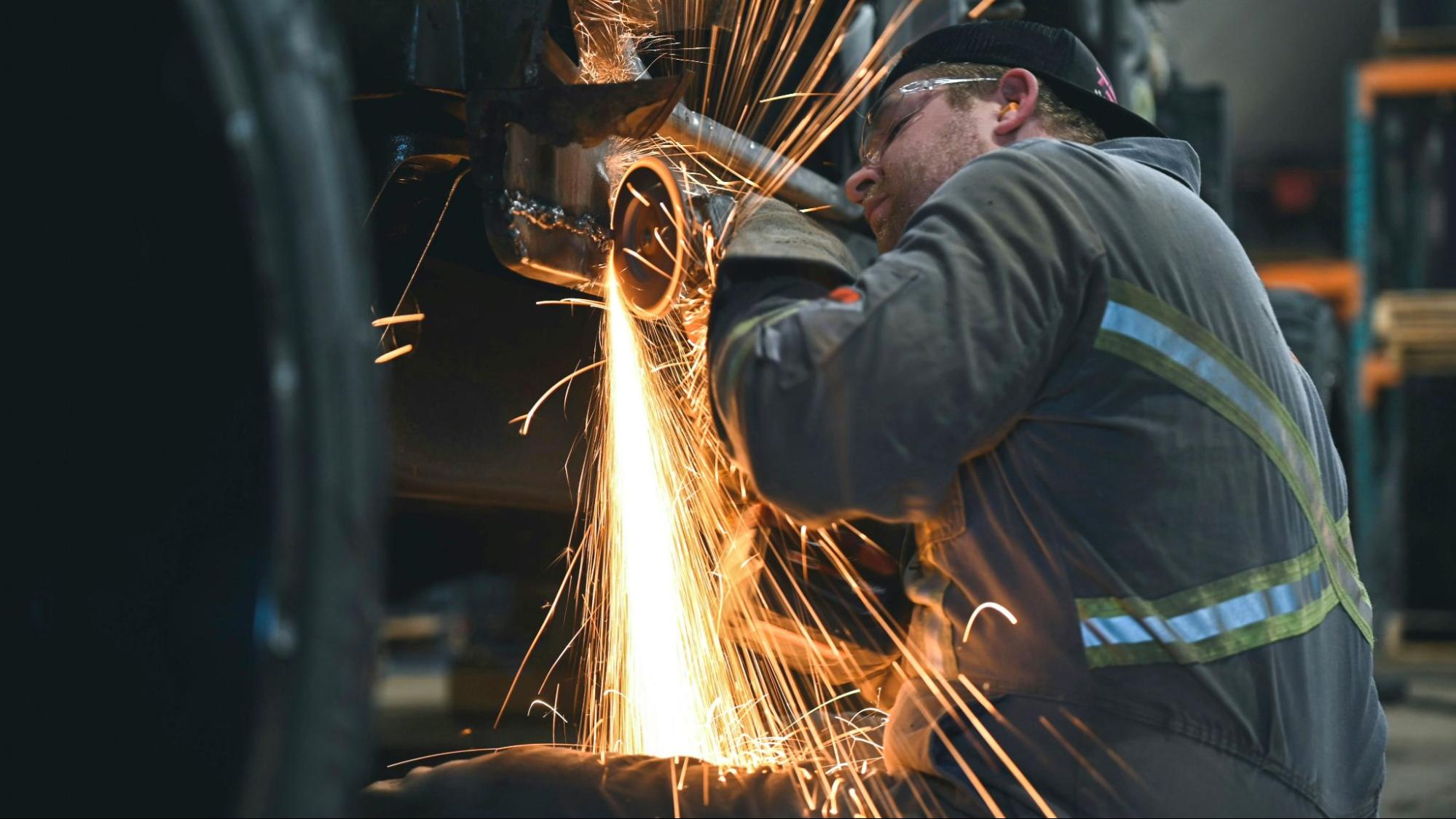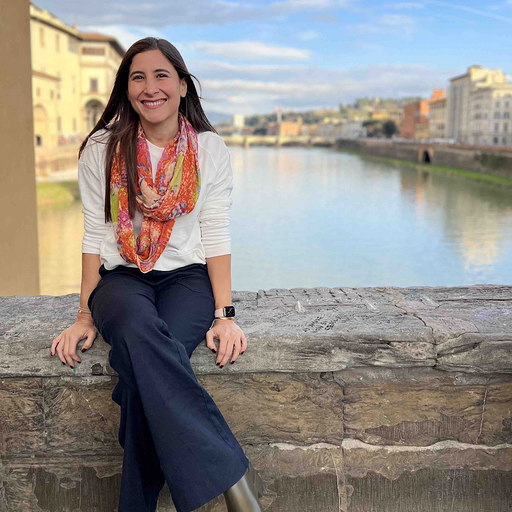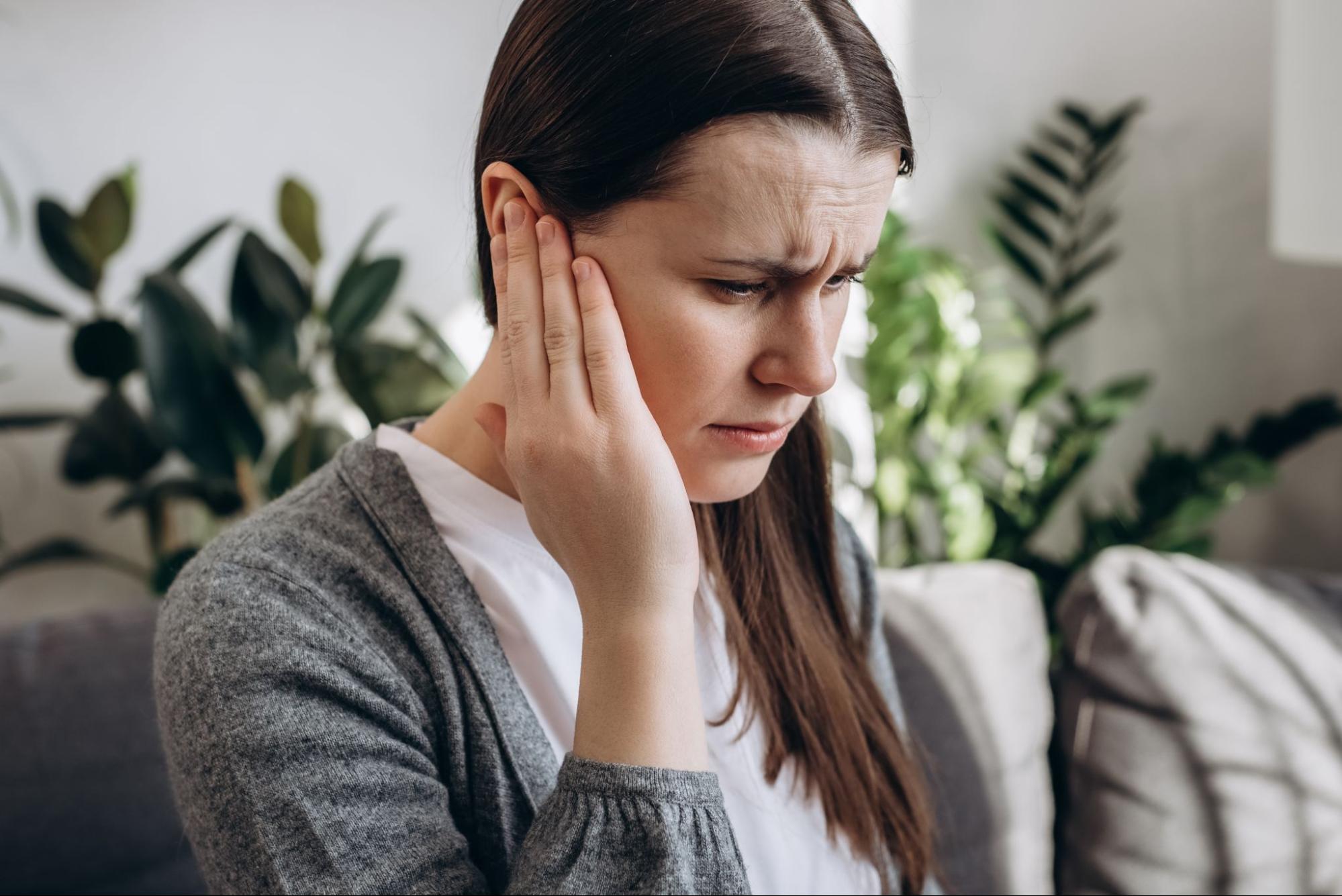30 Noise Induced Hearing Loss Statistics for 2025
Discover 30 key noise induced hearing loss statistics for 2025, including workplace risks, youth trends, and prevention tips to protect your hearing.

Noise induced hearing loss (NIHL) can affect people of any age and is caused by exposure to loud noise—typically the kind that forces you to raise your voice or shout to be heard from just a few feet away.
NIHL typically affects high frequencies (3,000–6,000 Hz), making speech harder to follow in noisy settings like restaurants.
At Nagish, we’ve compiled 30 of the most important noise induced hearing loss statistics for 2025 using data from the National Institute of Health (NIH), Centers for Disease Control and Prevention (CDC), and other trusted sources.
If you or someone you know is experiencing hearing loss, Nagish’s phone call captioning app can help improve communication and keep you connected.
Let’s get to the stats.
Noise Induced Hearing Loss Statistics - Prevalence
1. Noise is the second most common cause of acquired hearing loss, after aging, affecting 5% of the global population.
2. About 12.5% of American children and teens aged 6-19 show evidence of permanent hearing loss caused by noise exposure.
3. Approximately 17% of adults aged 20-69 exhibit noise induced hearing damage—a rate notably higher than in younger groups.
4. Around 63% of U.S. adults over 70 experience some level of hearing impairment, many of which likely include noise-related components.
5. Up to 1.35 billion people aged 12-34 are at risk of hearing damage due to unsafe listening practices.
6. Among American workers, occupational noise exposure results in 25% of hearing loss cases.
(Sources: 1, 2, 3, 4, 5, 6)
Noise Induced Hearing Loss Statistics - Demographic Overview
Audiometric notches are a specific pattern on a hearing test (audiogram) that indicates permanent damage to the inner ear’s hair cells and is a key marker for NIHL:
7. Gender: Men are almost twice as likely as women (31.6% vs. 17%) to show signs of noise induced hearing loss in one or both ears.
8. Age: Noise induced hearing loss in one or both ears peaks around ages 40–59, suggesting long-term cumulative damage:
- Ages 20-29: 19.2%
- Ages 30-39: 24.9%
- Ages 40-49: 29%
- Ages 50-59: 27.3%
- Ages 60-69: 20.6%
9. Race and Ethnicity: Mexican American adults have the highest prevalence of NIHL across all categories at 31.8%, while white non-Hispanic workers represent 24% and Black non-Hispanic workers have the lowest prevalence at 21.1%.
10. Educational Level: Lower education levels are associated with higher rates of noise induced hearing damage, affecting about 29.7% of adults with less than high school, 28.4% of those with a high school education, and 22.1% of adults with more than high school.
11. Income Level: NIHL is more prevalent among people in lower-income groups, with mid-range incomes the highest at 27%. In the lowest income group, 22.9% of people have NIHL vs. 20.2% in the highest income group.
12. Work-Related Exposure: Occupational noise exposure nearly doubles the likelihood of having noise induced hearing loss. About 32.6% of noise-exposed workers have NIHL vs. 19.9% of workers who report no exposure.
13. Hearing Status: Even among people who think their hearing is “excellent,” nearly 1 in 4 (23.5%) show signs of damage compared to 28.3% of workers who report some level of hearing trouble.
(Source: CDC)
Noise Induced Hearing Loss Statistics - Adults Aged 20 to 69
14. Up to 40 million American workers (24%) in that age range have hearing test features in one or both ears suggesting NIHL.
15. 18% of adults have NIHL in one ear and 6% have it in both ears.
16. 33% of adults with exposure to loud or very loud noise at work show signs of NIHL.
17. 20% of adults without reported loud sounds at work also showed signs of NIHL in one or both ears.
18. About 18% of adults aged 20-69 who report 5 or more years of occupational noise exposure have speech-frequency hearing loss in both ears, compared to 5.5% of those who don’t.
19. About 19% of young adults ages 20-29 had signs of noise induced hearing loss, and 4% had NIHL in both ears.
(Sources: NIH 1, 2)
Noise Induced Hearing Loss Statistics - In the Workforce
In many industries, environmental noise poses a serious but often overlooked threat. Regular exposure to excessive noise from equipment, vehicles, and power tools can lead to hearing impairment that affects both job performance and long-term health.
20. About 53% of workers in noisy environments don’t wear hearing protection.
21. Around 22 million U.S. workers are at risk of hazardous noise on the job each year.
22. About 24% of hearing loss in the U.S. is attributed to workplace exposures.
23. Hearing loss statistics reveal about 4% of the workforce experience both hearing damage and tinnitus.
24. For pregnant workers, chronic loudness exposure can increase stress and may impact fetal hearing development.
(Sources: CDC 1 and 2, 3)
Noise Induced Hearing Loss Statistics - Teens and Adolescents
Hearing test results from 4,310 adolescents aged 12 to 19, taken 11 to 18 years apart, showed no major increase in hearing loss across the entire group between the two surveys, however:
25. Teen girls showed a significant rise in noise-related hearing damage, increasing from about 11.6% to 16.7%.
26. More teens were exposed to loud noise or listening to music through headphones—rising from 19.8% to 34.8%.
27. Boys were more likely than girls to use hearing protection, with only 3.4% of girls reporting any hearing protection use, compared to 10.3% of boys.
Overall rates stayed flat, but increased noise exposure and low use of hearing protection may explain rising NIHL among girls.
(Source: Harvard Medical School)
Noise Induced Hearing Loss Statistics - Causes, Prevention, and Treatment
28. 70% of people exposed to loud noise in the past 12 months never or rarely used hearing protection.
29. Roughly 24% of teens and young adults regularly listen at unsafe volumes, with 48% frequenting loud venues.
30. 40%–77% of primary care providers do not screen or ask about hearing loss, even in at-risk adults.
(Sources: CDC and NIH)
What These Noise Induced Hearing Loss Statistics Reveal
These statistics reveal more than trends—they spotlight a growing public health concern tied to rising noise levels in daily life. The risks to hearing health are broad, but many are preventable. Key takeaways:
- Noise exposure is a leading cause of hearing loss, often starting early and worsening with age or repeated exposure.
- Occupational noise induced hearing loss affects millions, especially where exposure levels are high and protection is inconsistent.
- The prevalence of hearing loss is highest in lower-income and less-educated groups, reflecting deeper health disparities.
- Many with hearing damage report “excellent” hearing, revealing a gap between perception and reality.
- Epidemiology studies show hearing difficulty is widespread even in adults under 60—especially those without early screening or protection.
- Unsafe listening habits and loud venues are major risk factors for teens and young adults.
- Common exposure limits are often exceeded in daily life, yet hearing protection remains underused.
- Persistent background noise can increase stress and reduce comprehension, even below damaging thresholds.
- The cause of hearing loss is often preventable, yet few receive early care or interventions like hearing aids.
Better awareness, safer environments, and tools like the Nagish app can help reduce the impact—protecting hearing before it’s too late.
Noise Induced Hearing Loss FAQ
How does noise cause hearing loss?
Sound can damage the human ear when it reaches high enough sound pressure levels, especially over time or through sudden impulse noise (like explosions or fireworks).
The auditory system includes the middle ear and cochlea, a structure in the inner ear that converts sound into nerve signals. Prolonged or intense exposure can harm the cochlear hair cells, leading to sensorineural hearing loss—a common, often irreversible condition.
Is noise induced hearing loss permanent?
Not always. Initially, loud sound may cause a temporary threshold shift, where your hearing threshold (the softest sound you can detect) rises. If exposure continues, a permanent threshold shift can occur. Ototoxic chemicals and medications can worsen the effects of noise on your hearing.
How do audiologists test for noise induced hearing loss?
Audiometry tests, often conducted by an audiologist or otolaryngol/otorhinolaryngol specialist, use pure tone stimuli to detect hearing changes.
How can I protect my ears from NIHL?
Maintaining noise health means reducing harmful exposure, using hearing protection devices like earplugs and earmuffs, and monitoring your hearing regularly—especially in noisy work or recreational environments.
The Hearing Conservation Program developed by OSHA (Occupational Safety and Health Administration) sets guidance for employers to support hearing loss prevention.
How loud is too loud?
Guidance varies, but NIOSH (National Institute for Occupational Safety and Health) sets an occupational limit of 85 decibels (dBA) averaged over 8 hours, but even at that level, 8% of workers may still develop hearing loss.
Generally, if you’re in a noisy environment and need to raise your voice to talk to someone nearby, the noise is likely too loud.
How Nagish Can Help
Nagish offers real-time, AI-powered captioning to make phone calls more accessible for people with hearing loss. Whether you're at work, in school, or catching up with friends, our app helps you stay connected—on your terms.
It’s not about adapting to a world that doesn’t always accommodate you; it’s about using tools that empower you.
Download Nagish today. Need help? Contact us anytime.













